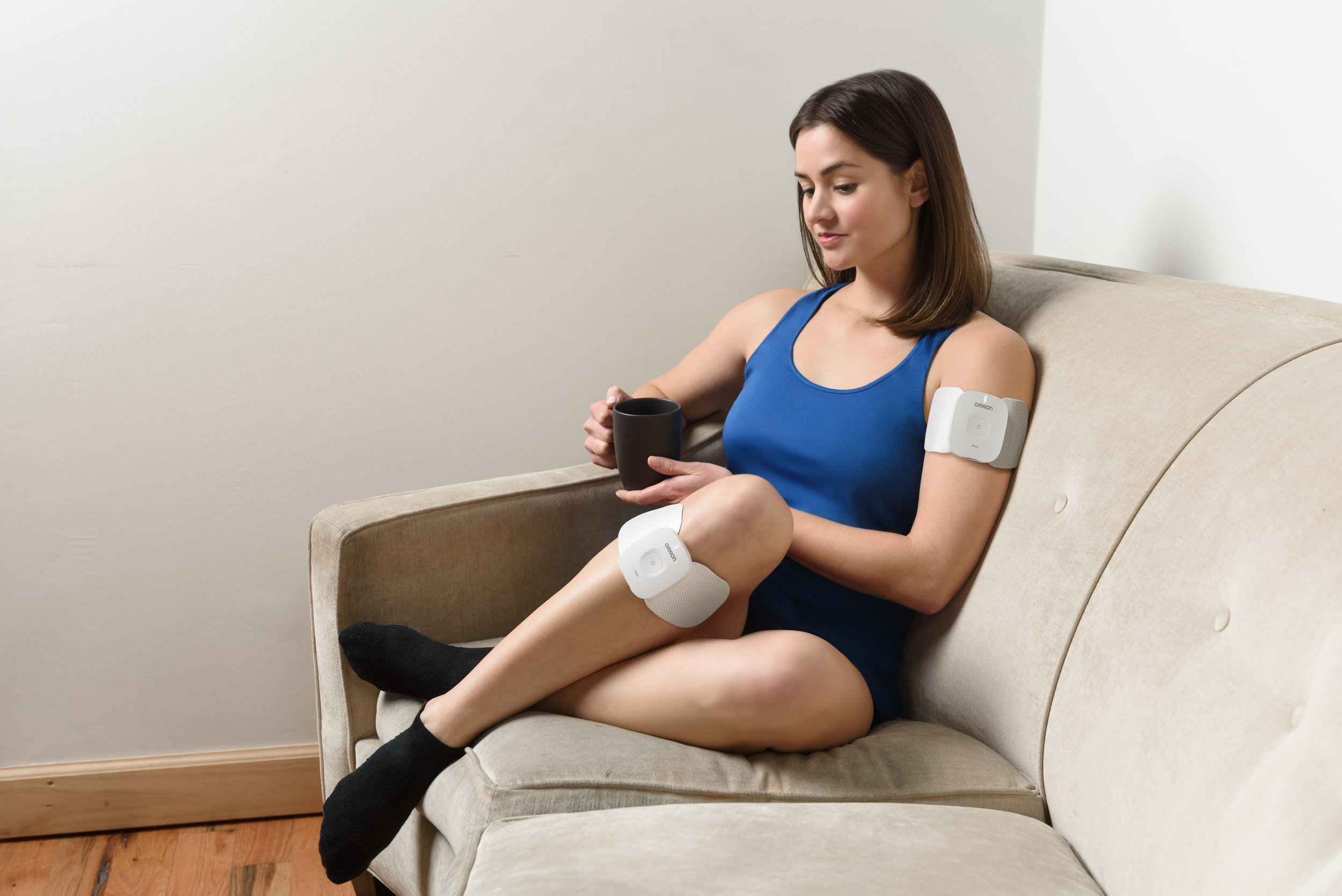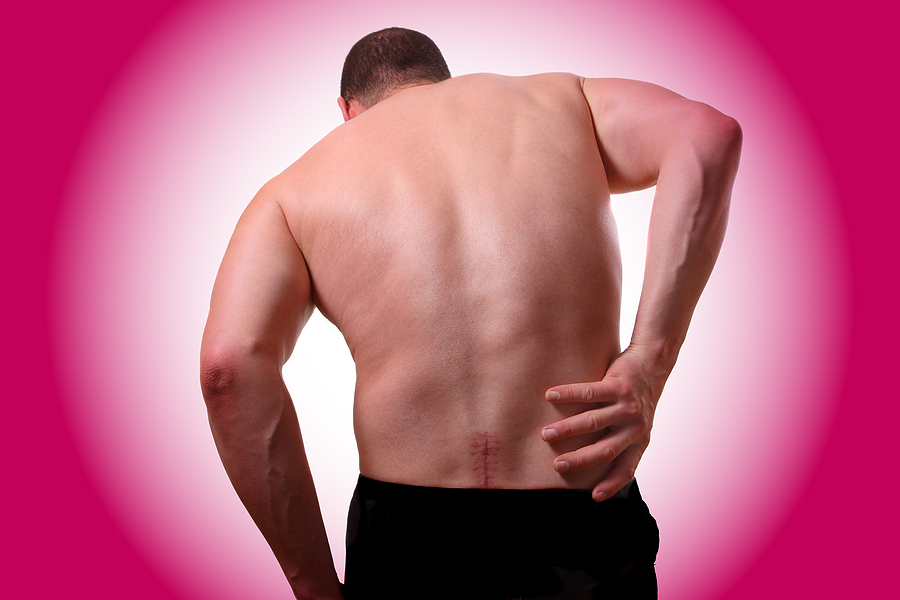New Treatments on Horizon for Chronic Pain
/By Steve Weakley
Patients and doctors have long complained that there are few new treatments for chronic pain. And those that do come along are often reformulations of old medications or have unwelcome side effects.
Two developments this week suggest that trend may be changing. A new drug application has been submitted to the Food and Drug Administration for an “opioid of the future” that is less addictive, and research has uncovered a new way to treat neuropathic pain long term with a single injection.
In experiments on laboratory mice, researchers at the University of California at San Diego discovered a new method to block the root cause of pain with the injection of a naturally occurring protein, apolipoprotein A-I binding protein (AIBP).
AIBP “turns off” a receptor called TLR4 that sits on the surface of nerve cells and searches for signs of infection or tissue damage. Researchers say turning off the receptor prevents and even reverses inflammation and other cellular processes that create the sensation of pain.
A single spinal injection of AIBP relieved neuropathic pain associated with chemotherapy in the mice for two months with no side effects, according to findings published in the journal Cell.
“What’s so special about our new approach, inhibiting the TLR4 receptor with AIBP, is that it actually modifies the pain processing systems themselves," says study co-author Tony Yaksh, PhD, a professor and vice chair for research in the Department of Anesthesiology at UCSD School of Medicine.
"So, if you think of neuropathic pain as a disease, then we see this as truly disease-modifying. We’re blocking the underlying mechanism that causes pain, not just masking the symptoms.”
Neuropathic pain is a common side effect of chemotherapy treatments for cancer. Chemotherapy not only inhibits the growth of cancer cells, it can permanently damage nerve cells and make people sensitive to even the slightest touch. Opioids and other medications such as gabapentin (Neurontin) are commonly prescribed for neuropathy, but both have unwelcome side effects.
“If it comes down to a choice between living with chronic pain or getting a spinal injection once every few months, we think most people would take the injection," said co-author Yury Miller, MD, a professor in the UCSD Department of Medicine. “As it stands now, AIBP could be developed as therapy for unremitting severe pain that only responds to high dose morphine. AIBP would remove the need for opioids, and reduce the potential for drug abuse.
"We're not saying we shouldn't use opiates to treat chronic pain, or in particular cancer pain—that would be a tragedy.” Yaksh said. "But it would also be a greater tragedy if we didn't support work to find a substitute for systemic opiates.”
“Opioid of the Future”
While AIBP is still in its experimental phase and could be years away from being available for treatment, Nektar Therapeutics’ so-called “opioid of the future” is one step closer to market. Nektar has completed over a dozen clinical trials on NKTR-181 and applied to the FDA for approval of the drug as a treatment for chronic low back pain.
PNN has previously reported on NKTR-181, a new type of opioid that shows promise in relieving moderate to severe pain with less risk of abuse and addiction of traditional opioids like oxycodone or hydrocodone.
Because of its slow rate of entry into the central nervous system, NKTR-181 significantly reduces the “high” or euphoric effect that recreational drug users crave. Many pain sufferers don't feel that high when taking opioid medication, they just get pain relief.
In trials, NKTR-181 showed a 65% reduction in low back pain vs. placebo in tablets taken twice a day. Safety studies found recreational drug users had significantly less “drug liking” of NKTR-181 -- even at high doses -- when compared to oxycodone. Participants also had less daytime sleepiness and fewer withdrawal symptoms.
nektar therapeutics
If it receives FDA approval, Nektar hopes to launch the drug commercially as early as next year. The company has yet to announce a partnership with a larger pharmaceutical company to help produce and commercialize NKTR-181 -- which is when the no-name "opioid of the future" will get a makeover with a branded name to make it more marketable.




































